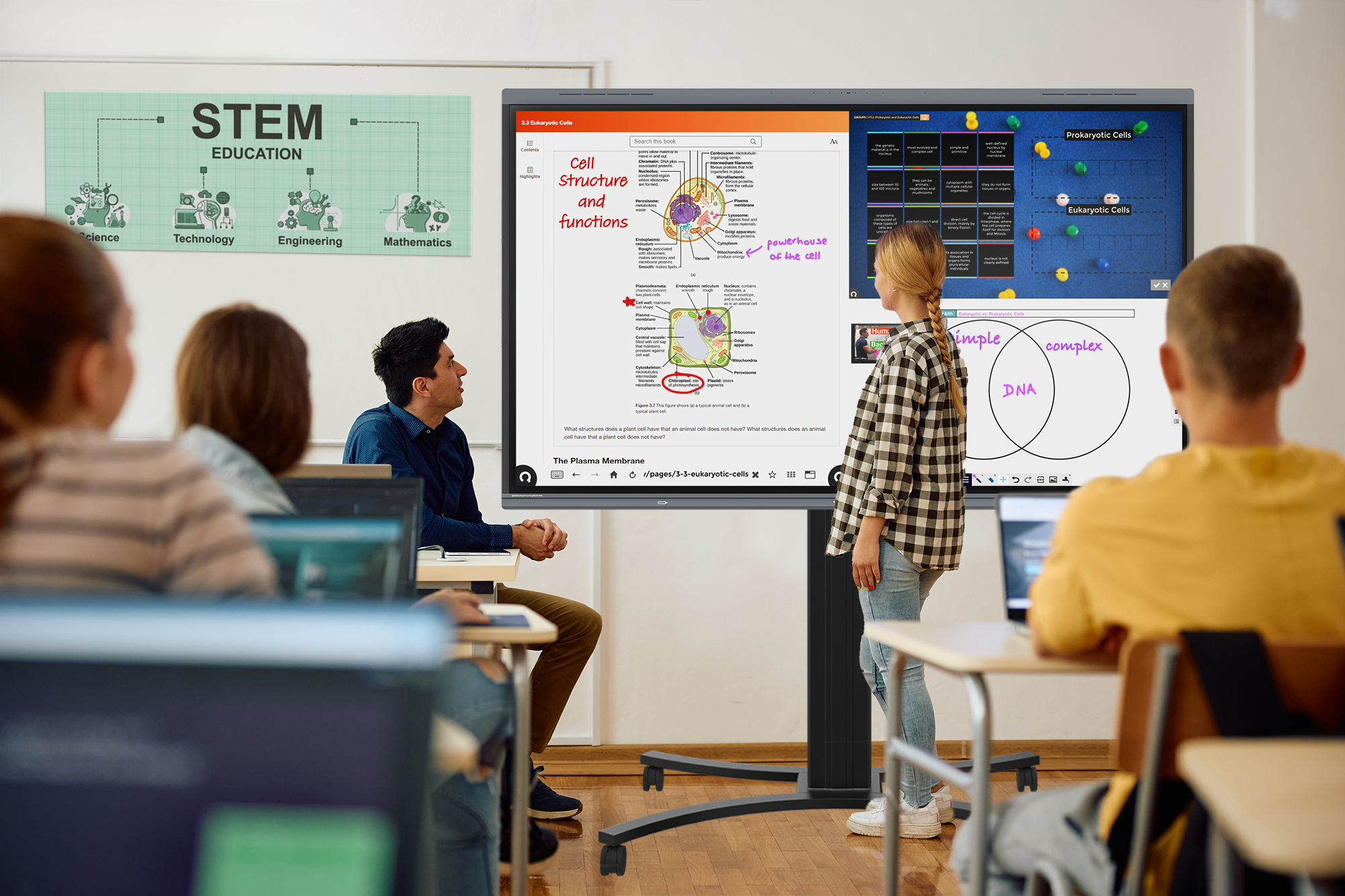Biophilia in Healthcare Design
As healthcare design has shifted towards Evidence-Based Design, overwhelming research has supported how specific design elements foster patient care and recovery. Without addressing these issues, serious consequences (both monetary and patient-related) can result. Below are some staggering stats featuring in a white paper:
“Presenteeism (the phenomenon of “presenteeism” is attributed to sleepiness, headaches and illness) costs employers in the private sector $938, and employers in the public sector $1,250, per employee per year. For a company with 100 employees, this equates to over $100,000 lost per year in unproductive time at work and can thus be just as dangerous as employee absenteeism”“Research demonstrates that poor interior design in healthcare facilities inhibit recovery rates, increase anxiety and stress, and magnify the rate at which medication is delivered. It is vital to keep patients’ psychological welfare in mind.”
So what is a solution to help combat both patient AND employee wellness? Biophilia may provide the perfect answer: “Biophilia as a school of thought holds that human beings have a biological need for connection with nature, and can thus be physically, mentally and socially affected by nature. More specifically, research has shown that biophilic additions to an interior space have an overwhelmingly positive effect on the people inhabiting the space.”
This research has also been researched and demonstrated. With regards to patients:
“In the $2.5 trillion healthcare industry, simply changing patients’ views from their hospital beds could yield over $93 million in annual savings nationwide. Patients have shown that they recover quicker in rooms with natural views than in ones with an urban view; as a result, patients require less time in the hospital to recover from major surgery, and hospitals save money.”“Patients whose windows overlooked natural sceneries were released after 7.96 days, compared to the 8.71 days it took for patients who looked at brick walls. In terms of financial cost, patient care expenditures could have been reduced by over $161,000 if patients were released just one day sooner.”
With regards to employees:
“…employees with natural landscape views took an average of 57 hours of sick leave per year compared to the 68 hours taken by employees with no view at all.” “Staff problems that can be attributed to poor interior design include staff illness, absenteeism, retention, and overall job performance. With good, biophilic interior design these issues are minimized by 10 percent.”
This emerging trend by incorporating natural elements seems to encourage our instinctive love of nature, and positively benefits patients and employees alike. To read the white paper in its entirety, click here.
A simple, modular product that can easily address the introduction of Biophilia design in Healthcare spaces is the NAAVA Wall. NAAVA walls are easy to care, allergy-free living walls that purifies and humidifies air.























